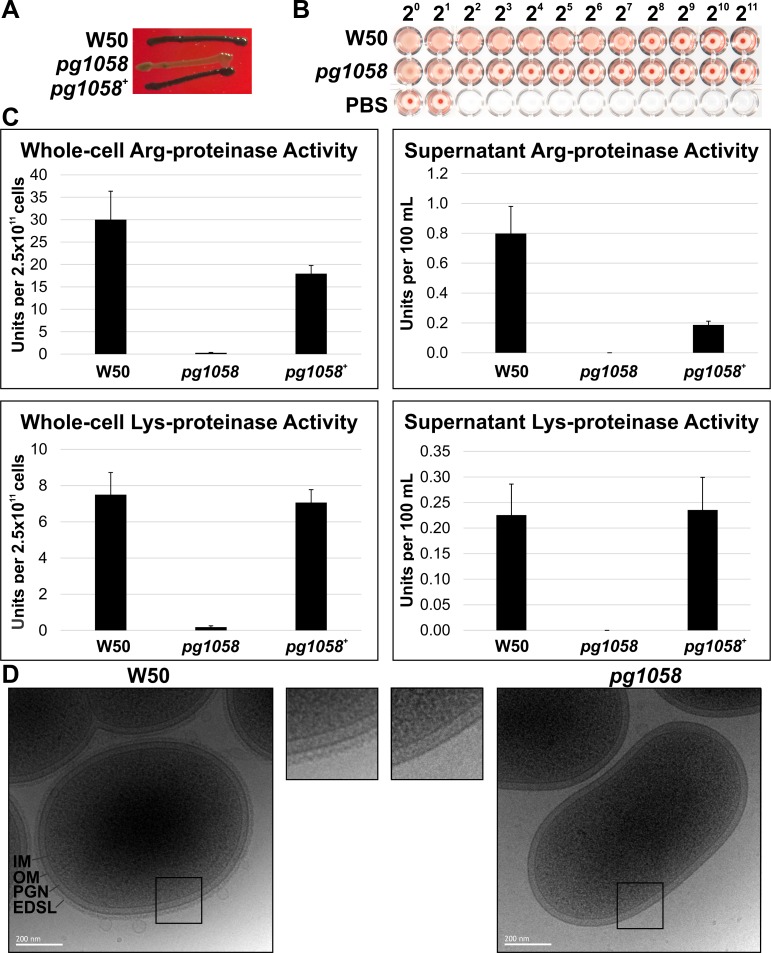Fig 3. Phenotypic characterisation of the pg1058 mutant compared to P. gingivalis W50.
A. Unlike P. gingivalis W50, the pg1058 mutant (pg1058) does not produce black pigment when grown on blood agar. The phenotype is restored following pg1058 complementation (pg1058+). B. The pg1058 mutant showed substantially reduced haemagglutination activity relative to P. gingivalis W50. Bacteria were 2-fold serially diluted from 20 to 211 in PBS and photographed after incubation with sheep erythrocytes at RT for 3 h. C. Arg-specific (indicative of the presence of RgpA and RgpB proteinases) and Lys-specific (indicative of the presence of Kgp proteinase) proteinase activity of W50 (wild-type), pg1058 mutant and pg1058+ complement strains in whole-cells and culture supernatants. Units per 2.5 x 1011 cells equates to amount of substrate hydrolysed in μmol/min/2.5 x 1011 cells whilst Units per 100 mL equates to amount of substrate hydrolysed in μmol/min/supernatant derived from 100 mL of culture containing 2.5 x 1011 cells. Inactivation of pg1058 abolished the Arg- and Lys-specific proteolytic activity of the cells, which was restored after pg1058 complementation. D. Absence of EDSL on the P. gingivalis pg1058 mutant. Cryo-EM micrographs representative of the P. gingivalis W50 and pg1058 mutant. Outer membrane (OM), inner membrane (IM), peptidoglycan (PGN) and electron dense surface layer (EDSL) are indicated. Scale bar is 200 nm.

